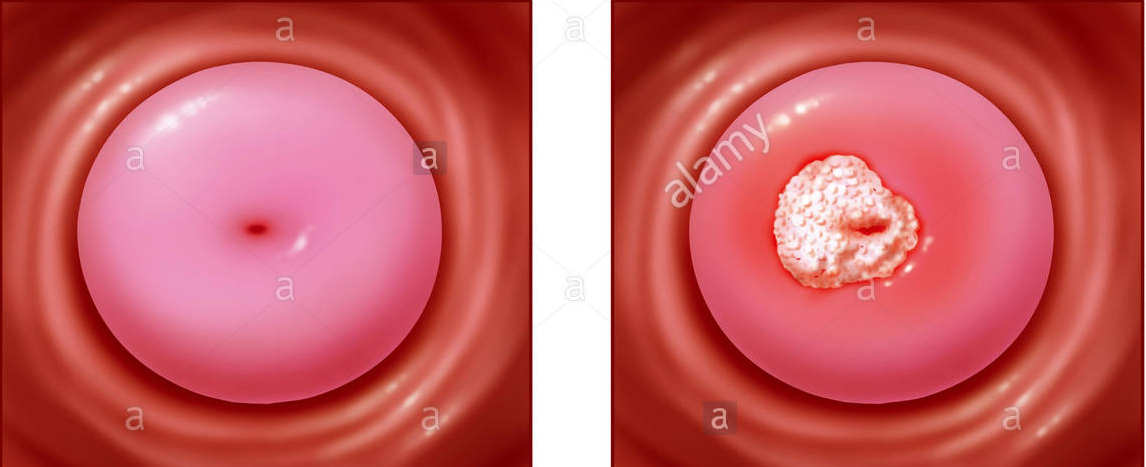Cryo-Therapy
What is a cervical cryotherapy?
Cervical cryotherapy, also known as cryosurgery, is a gynecologic procedure that uses nitrogen gas to freeze part of the cervix to destroy abnormal tissue. Most frequently, cervical cryotherapy is used to treat cervical dysplasia – a precancerous condition of the cervix.
Who is a candidate for cervical cryotherapy
Cervical cryotherapy is most appropriate for candidates who have very localized cervical dysplasia.
Patients who fall into any of the categories below are not a candidate for cervical cryotherapy:
- Patients who have cervical dysplasia in the upper section of the cervix.
- If your doctor suspects you have cervical cancer, cryosurgery is not the best option for treatment because your doctor is not able to obtain a sample of tissue for biopsy.
- Patients with cervical cancer are not candidates for cervical cryotherapy because the treatment cannot reach destroy deeper tissue.
Risks of cervical cryotherapy
There are a variety of risks associated with cervical cryotherapy including:
- Bleeding
- Infection
- Pain
- Discharge
What to expect during cervical cryotherapy
Cervical cryotherapy can be performed in your doctor’s office or in an outpatient procedure room. It is performed under local anesthesia while you are awake. The entire treatment takes approximately 20 minutes to perform.
Steps of a cervical cryotherapy include:
- You will be asked to lie on an exam table with your feet in stirrups
- Your doctor will insert a speculum in the vagina to view the cervix
- A cryoprobe, a device that is used to freeze abnormal tissue, is inserted into the vagina until it covers the abnormal cervical tissue
- Liquid nitrogen or compressed argon gas (cooled to approximately -50 degrees C) will be injected through the cryoprobe to cool the affected area
- When the cryoprobe is applied to the skin, it freezes the superficial abnormal cervical tissue
- The affected area will be treated with the cryoprobe for three minutes
- The cervix will be allowed to completely thaw
- The treatment is repeated again for three minutes
Recovery from cervical cryotherapy
Most patients are able to return to their normal routine soon after cryosurgery. Do not insert anything into the vagina, such as tampons or douches, for at least two weeks after surgery and do not have vaginal sexual intercourse for two to three weeks after the procedure.
Bleeding after the procedure is normal. Your doctor will let you know how much you should expect as you recover. If you experience any of the following symptoms, call your doctor right away:
- Fever over 99 degrees Fahrenheit
- Heavy bleeding
- Severe pelvic pain
- Infection – foul smelling or yellowish vaginal discharge
- Ulcer, bumps or blisters



